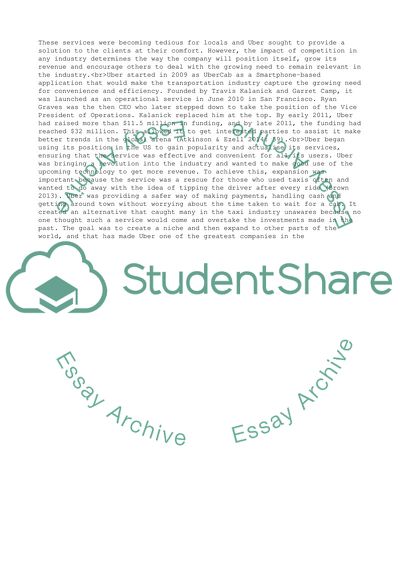Cite this document
(Business Strategy Essay Example | Topics and Well Written Essays - 2500 words - 5, n.d.)
Business Strategy Essay Example | Topics and Well Written Essays - 2500 words - 5. https://studentshare.org/management/1860206-business-strategy
Business Strategy Essay Example | Topics and Well Written Essays - 2500 words - 5. https://studentshare.org/management/1860206-business-strategy
(Business Strategy Essay Example | Topics and Well Written Essays - 2500 Words - 5)
Business Strategy Essay Example | Topics and Well Written Essays - 2500 Words - 5. https://studentshare.org/management/1860206-business-strategy.
Business Strategy Essay Example | Topics and Well Written Essays - 2500 Words - 5. https://studentshare.org/management/1860206-business-strategy.
“Business Strategy Essay Example | Topics and Well Written Essays - 2500 Words - 5”. https://studentshare.org/management/1860206-business-strategy.


